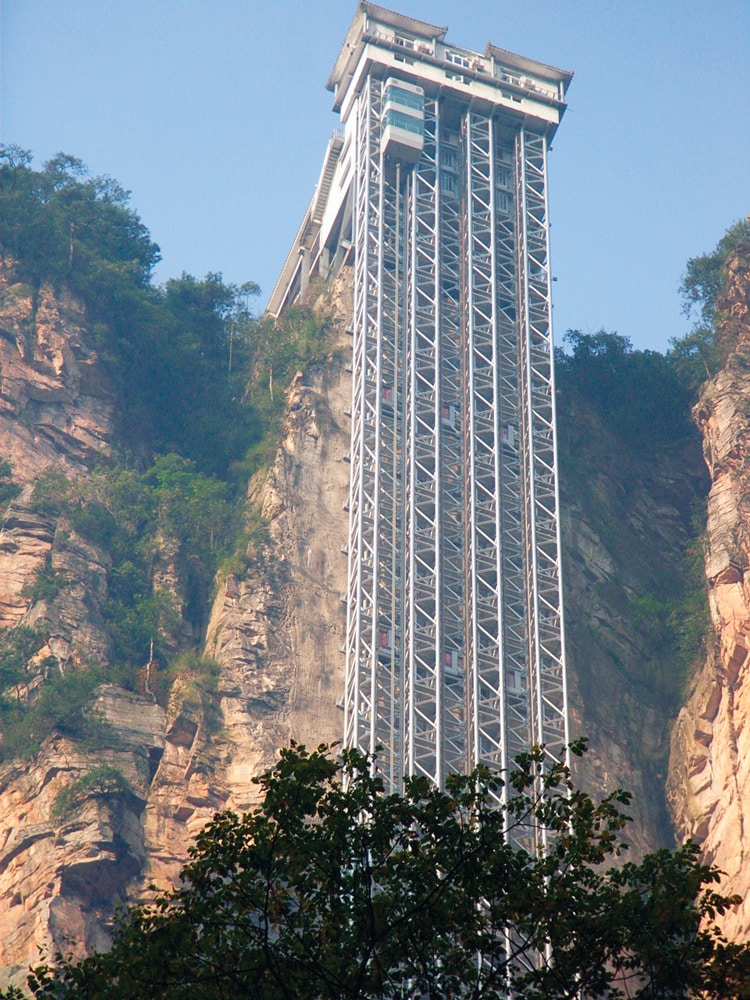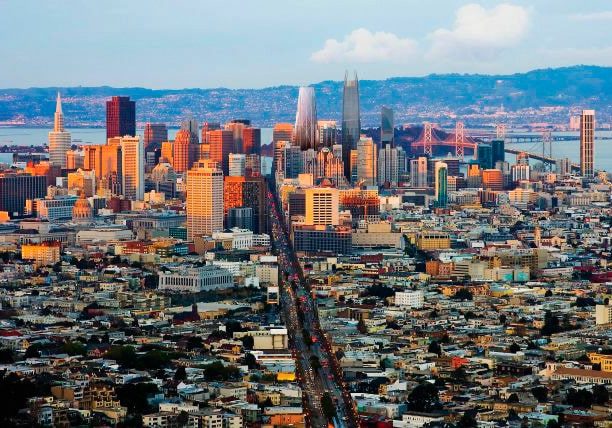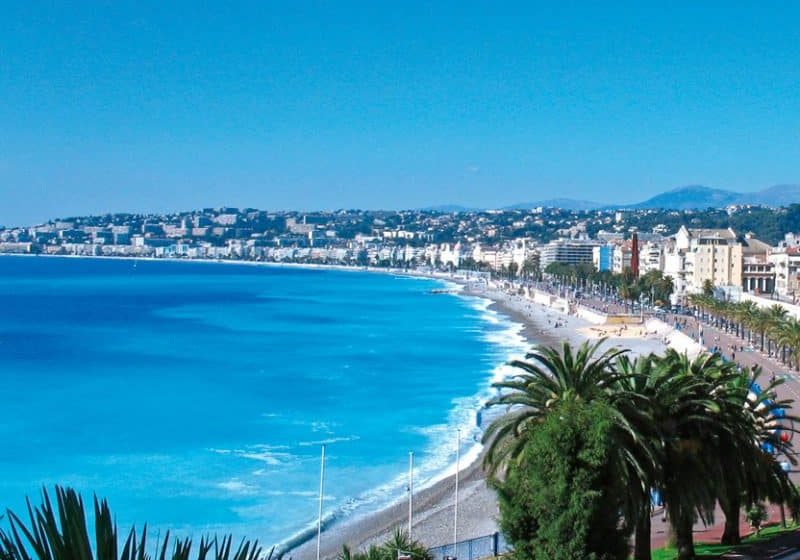Bailong Elevators, Past and Present
Oct 1, 2014

Landmark lifts take visitors up into a unique, natural wonderland.
Zhangjiajie, China, is a vast natural wonderland measuring roughly 369 km2, attracting tourists and adventure-sports enthusiasts from around the world. The area boasts one of the greatest karst caves (formed from the dissolution of soluble rocks such as limestone, dolomite or gypsum[1]) in the world, known as the Yellow Dragon’s Cave.
The trio of double-deck elevators here are known as the Bailong (in Chinese, “Hundred Dragons”[2] ) and, despite their being a source of environmental controversy since some believe they mar the natural beauty of a United Nations Educational, Scientific and Cultural Organization World Heritage site, the system is an engineering feat commonly regarded as a milestone in China’s elevator industry. The first set debuted in 2002. The Guinness Book of World Records lists the system as achieving several world records:[3]
- Tallest full-exposure outdoor elevator
- Tallest double-deck sightseeing elevator
- Fastest passenger-traffic elevator with largest capacity
Two additional double-deck elevators have since joined the original. Since Zhangjiajie opened as a national park in the 1980s, a traffic system capable of handling heavy passenger loads posed a challenge. In response, mountain roads were built to carry tourists long distances between park entrances and major scenic locations. Cable-car systems have come into play, as well.
However, the vertical distance between Shuiraosimen (“Four Gates with Water Running Around”), a major gathering spot near the eastern end of the Golden Whip Stream (lower level) and Yuanjiajie (upper level), a locale well known for its unique formations and distribution of sandstone pillars, called for a special vertical-transportation solution. Otherwise, a walk up 999 stairs would wear out even the heartiest of persons.[2]
Installation began in late 1999 with an initial investment of CNY180 million (US$29 million in present-day dollars) by a British/Chinese joint venture that contracted with Weifang Rangger Elevator Co. to design and manufacture the equipment. The lift shaft was dug into a quartz/sandstone column. Earthquake detectors were installed so passengers could be evacuated in the event of a seismic disaster. Before the service opened to the public in April 2002, national officials and scientists conducted tests and a safety assessment.
However, shortly after it went into operation, the service was suspended for safety concerns for a 10-month period in 2002-2003. Another pair of double-deck elevators ultimately joined the original set, with the final one going into operation in April 2005. Since these outdoor double-deck units started service, millions of people have ridden them safely, with (as of August) no incidents reported.
Installations are located in the heart of the scenic Wulingyuan area, which covers 4.5 km2 with a maximum vertical height of 385 m. The hoistway rises 335 m to allow the units to travel 326 m. Since the lifts’ lower landings are well above the visitors’ entrance level, another group of lifts takes passengers up to the Bailong landings, where they board one of the double-deck units up to the formations’ top levels. There, they enjoy 360° views of the stunning scenery.
The key role of the Bailong elevators is to provide direct and efficient vertical transportation from Shuiraosimen to Yuanjiajie more than 350 m above. Enjoying a 1-min., 48-s. ride, visitors save at least 2 hr. of toiling up steps from Houhuayuan (the Rear Garden) on foot, or 4 hr. of taking a bus on a zigzagging mountain road over 160 km. For tourists, the elevators provide a time-saving, handicapped-accessible option. For tourism managers, they enhance safety, especially on public holidays, when crowds become heavy.
The lifts pass through the dark within the quartz/sandstone column for nearly 1 min., when, suddenly, the panoramic cabs become filled with sunshine. Passengers can then take in the wonderful views of the unique sandstone pillars named “48 Generals in March.”
Unfortunately, the installations have been under modernization since 2013, and, when the job is finished, the traveling speed of the lifts will increase from 3 to 5 mps, reducing passengers’ sightseeing time when in the elevators to seconds. That will likely be too short a timespan for riders to take pictures while they are in the units.
While detractors fear the system is potentially harmful to the ecosystem, as well as unsightly, those in favor of it — including local government officials — argue the service reduces pollution and boosts the economy by encouraging visitors to stay in hotels in nearby cities, rather than on mountaintops. Since the service started, all hotels and tents in Yuanjiajie have been cleared, in itself an effective method of preserving the natural environment. In addition, the tourism bus is no longer necessary, which saves fuel and reduces vehicle exhaust. It seems the Bailong elevator service has turned out to be an indispensable source of tax income for the local economy.
References
[1] The University of Texas at Austin, Environmental Science Institute, “What is a Karst?” (www.esi.utexas.edu/outreach/caves/karst.php)
[2] U.K. Daily Mail, “Not for the faint-hearted! The tallest outdoor elevator in the world,” January 11, 2013.
[3] Industry Tap, “Highest Outdoor Elevator in the World, Hundred Dragons Elevator,” Michael Cooney, December 18, 2012.
Get more of Elevator World. Sign up for our free e-newsletter.









